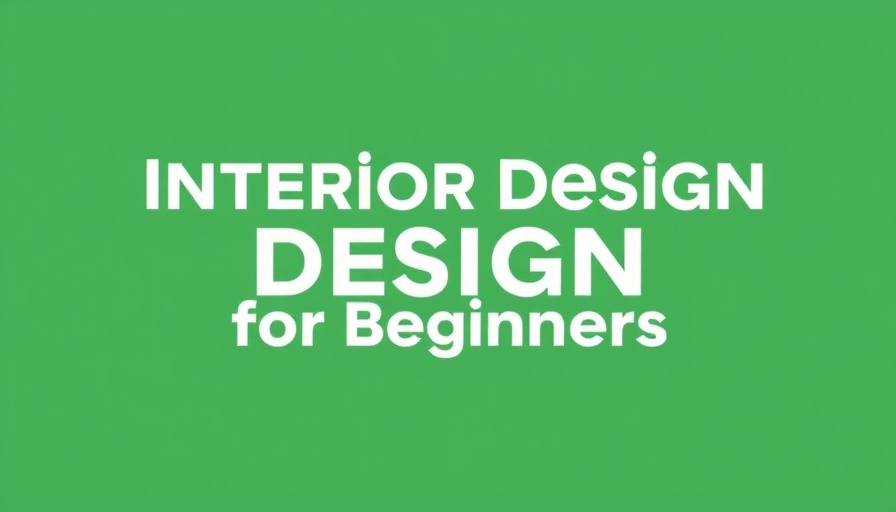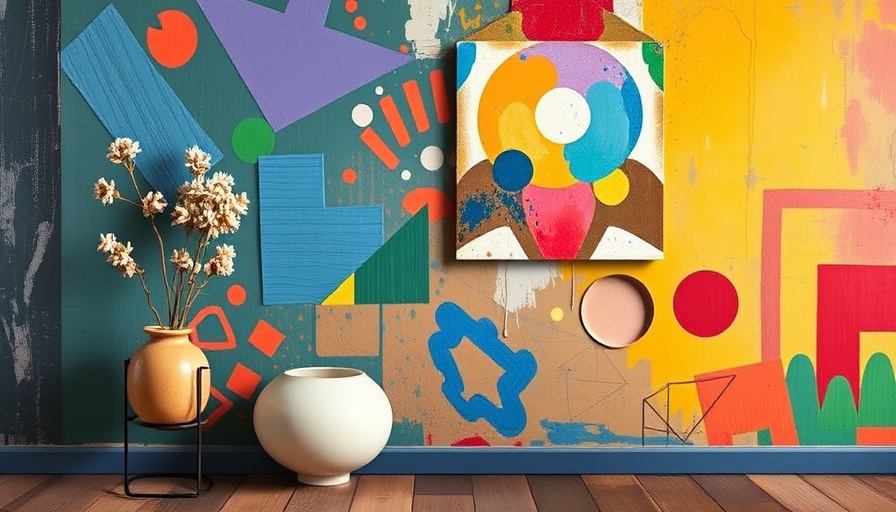
Embracing Textural Contrast in Home Design
When it comes to home interior design, the concept of textural contrast plays a vital role in creating spaces that are not only visually appealing but also inviting. For homeowners in the greater Hampton Roads metropolitan area, where military families often seek to balance comfort and functionality, understanding how to mix textures can transform a house into a warm, welcoming home.
Why Textural Contrast Matters
Textural contrast involves layering different materials and finishes within a space to create depth and interest. Using a mix of textures—such as soft textiles against sleek surfaces—can evoke a sense of balance, inspiring visitors to touch and explore. In rooms like the living room and bedroom, textures can greatly affect the overall atmosphere. Consider a soft, plush rug paired with smooth leather furniture for an inviting contrast that intrigues the senses.
Strategies for Integrating Textures
To effectively incorporate textural contrast, consider the following strategies. First, pair different fabrics: a linen sofa covered with an assortment of velvet and knitted throw pillows. Second, explore various materials—mix wood with metals in furniture or fixtures for a contemporary yet cozy vibe. Lastly, play with paint finishes and wallpaper. A matte wall paired with glossy decor can create an eye-catching juxtaposition. These methods are particularly effective in modern interior design, capturing the essence of current trends while resonating with traditional touches that reflect family histories.
Scandinavian & Minimalist Aesthetics
For those drawn to Scandinavian interior design or minimalist living rooms, textural contrast can still be a key component. In a minimalist space, where the emphasis tends to lie on simplicity, the careful selection of materials can significantly enhance the emotional quality of the design. Consider smooth white walls, a soft wool throw, and natural wood elements. This method not only maintains a clean aesthetic but also enriches the sensory experience of the room.
Emotional Connection with Design Choices
Effective design is not merely about appearance; it's about evoking emotions. A well-thought-out combination of textures can create an ambiance that encourages relaxation and comfort—crucial for busy families. Consider how different textures make you feel. A soft fabric can evoke warmth and intimacy, while a harder surface may give a sense of stability and strength.
Future Trends in Textural Contrast
As we move forward in the world of interior design, textural contrast will continue to evolve. Emerging styles, such as bohemian and industrial interior design, are gaining traction, and they often emphasize a mix of disparate materials that evoke character and warmth. Homeowners are encouraged to embrace these variations, ensuring their spaces are not only visually compelling but also reflective of their personal journeys and identities.
Applying Insightful Design Strategies
For families looking to revitalize their home spaces, working with a local interior designer near me to explore textural contrasts can provide invaluable expertise. Engaging with professionals who understand the nuances specific to Hampton Roads can ensure that your home reflects both style and the vibrant community you are part of.



Write A Comment